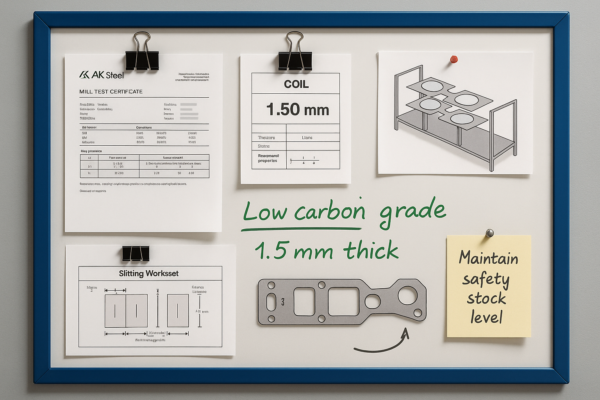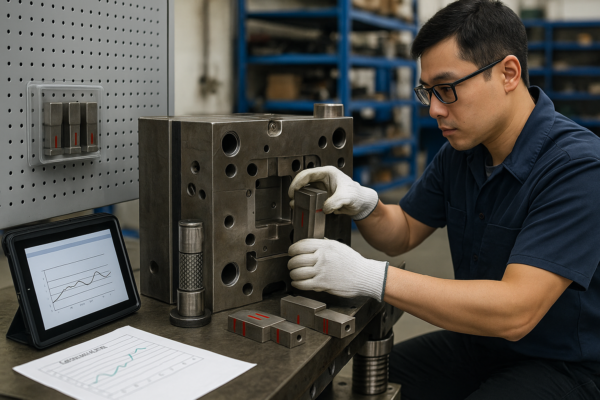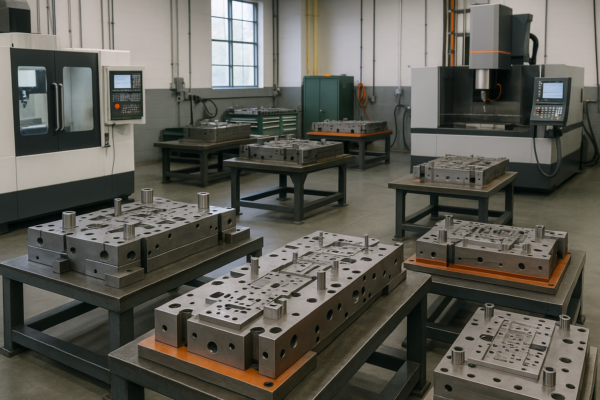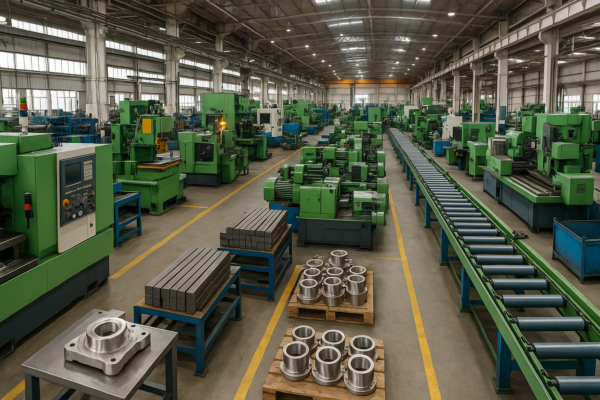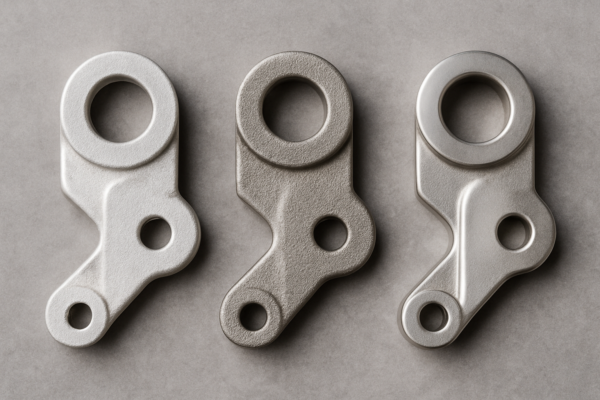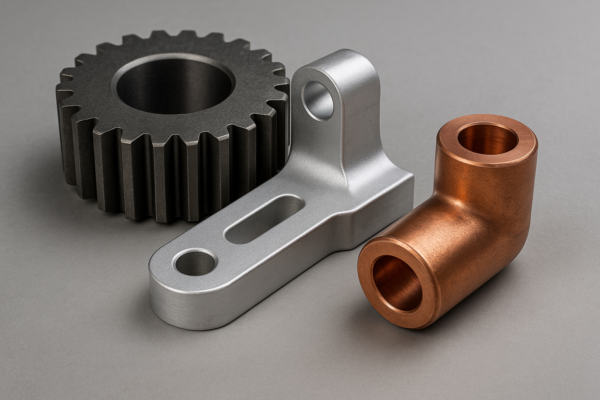Can I use an orbital sander on metal?
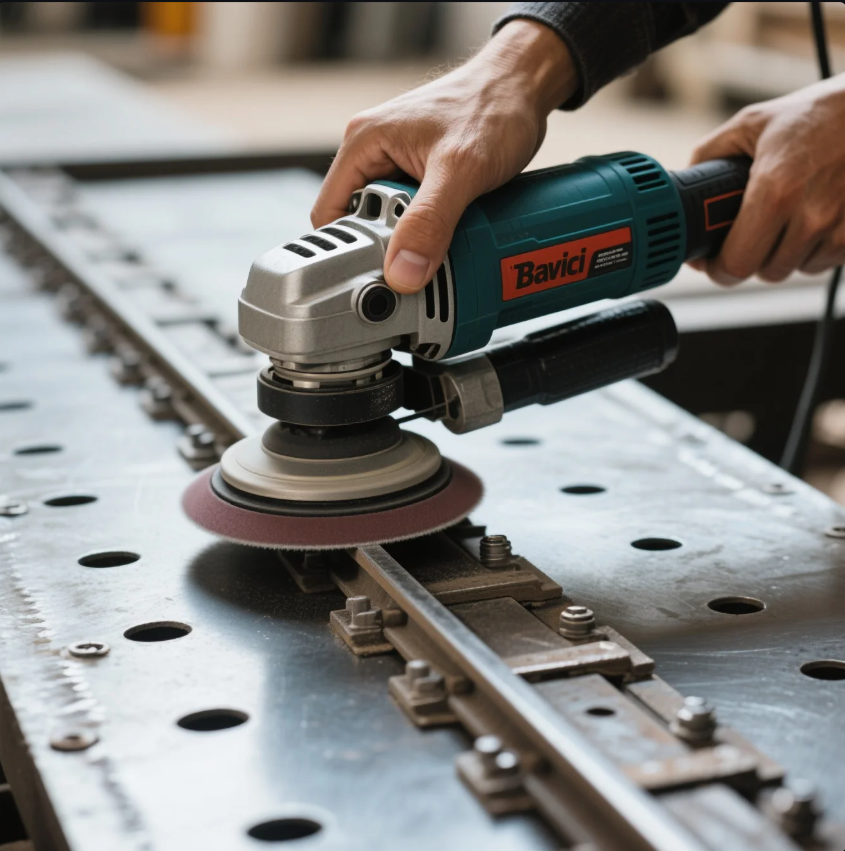
Sanding metal by hand takes time—power tools speed things up if used correctly.
Yes, you can use an orbital sander on metal. It’s ideal for removing rust, smoothing surfaces, and prepping for coatings.
With the right disc and technique, orbital sanding is efficient and effective.
Are orbital sanders good for metal?
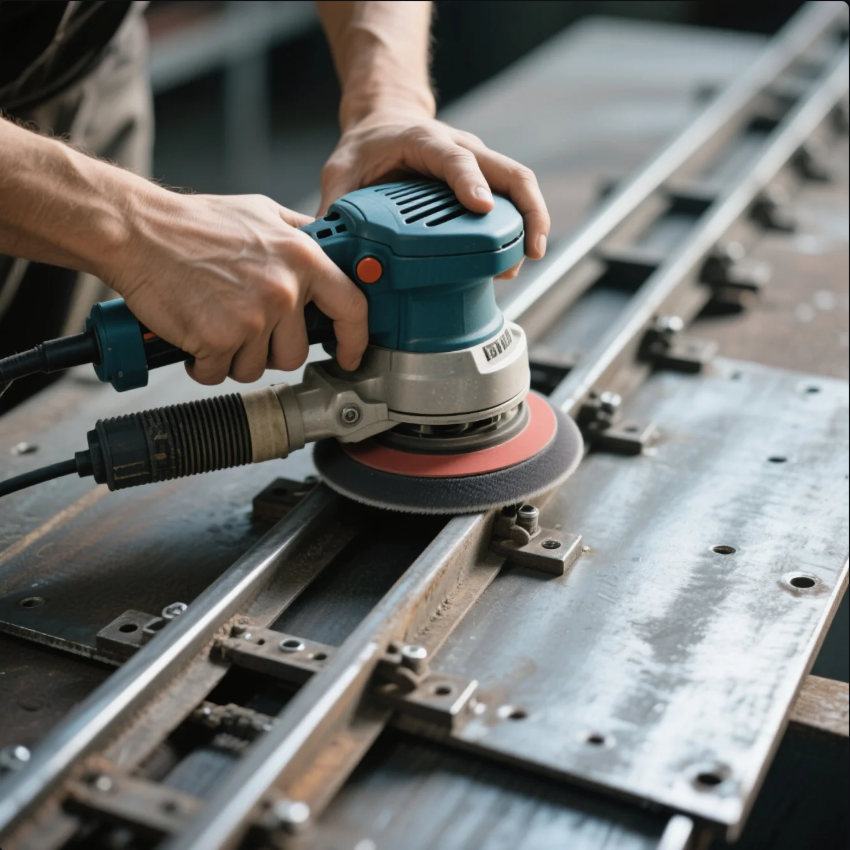
People often assume orbital sanders are just for wood.
Orbital sanders work well on metal surfaces, especially for smoothing, de-rusting, and cleaning before painting.
They’re safer than grinders for light to medium sanding.
Benefits of Using an Orbital Sander on Metal
| Advantage | Why It Matters |
|---|---|
| Even sanding pressure | Reduces gouging or over-removal |
| Versatile disc options | Use coarse or fine grit as needed |
| Compact and lightweight | Easy to control on various shapes |
At Prime, we use orbital sanders for prepping CNC parts and metal plates before applying ISO-certified finishes.
What kind of sander do you need for metal?
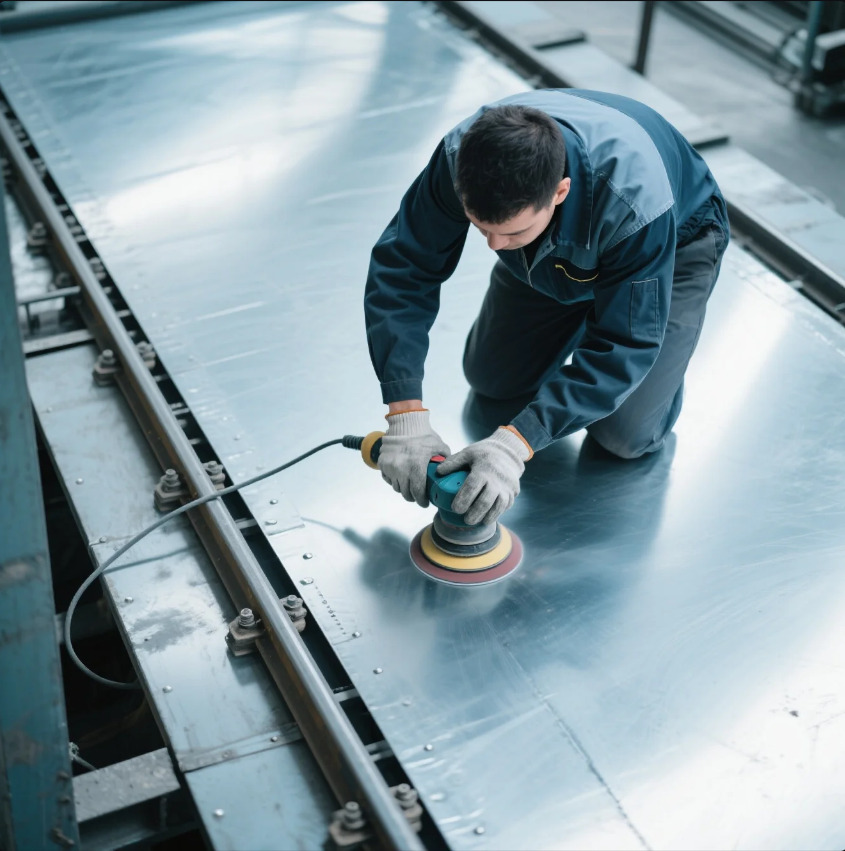
Not all sanders are designed to handle hard surfaces like steel or aluminum.
The best sanders for metal include orbital sanders, belt sanders, and angle grinders with flap discs. Your choice depends on the project size and surface condition.
Choose a sander that supports high-grit and durable abrasive discs.
Metal Sanding Tools and Their Uses
| Tool Type | Best For | Caution Points |
|---|---|---|
| Orbital Sander | General smoothing, prep work | Not for heavy rust or deep pitting |
| Belt Sander | Large, flat surfaces | Aggressive, must control evenly |
| Angle Grinder | Rust removal, edge shaping | Can damage metal if misused |
| Detail Sander | Corners and small areas | Not for heavy-duty tasks |
At Prime, we match the sander to part size and detail when finishing custom stamping parts or machined metal components.
What can you not do with an orbital sander?
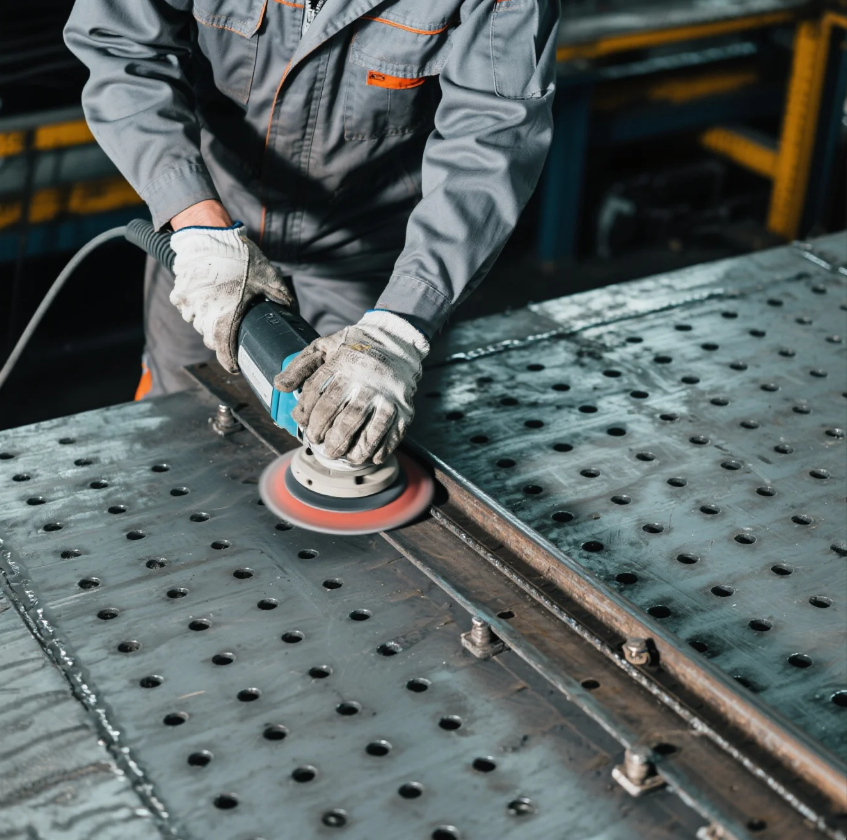
Orbital sanders are useful—but they have limits.
You should not use an orbital sander for removing deep rust, shaping thick metal, or polishing to a mirror finish.
It’s a prep tool, not a heavy-duty metalworker.
Limitations of Orbital Sanders
| Don’t Use It For | Why Not |
|---|---|
| Deep welds or pitting | Not powerful enough |
| Edge shaping or cutting | Can’t handle load or accuracy |
| Mirror polishing | Not high enough RPM for buffing pads |
We at Prime use orbital sanders for surface prep only—then switch to blasting, polishing, or coating tools for production-grade parts.
What is the best way to sand down metal?
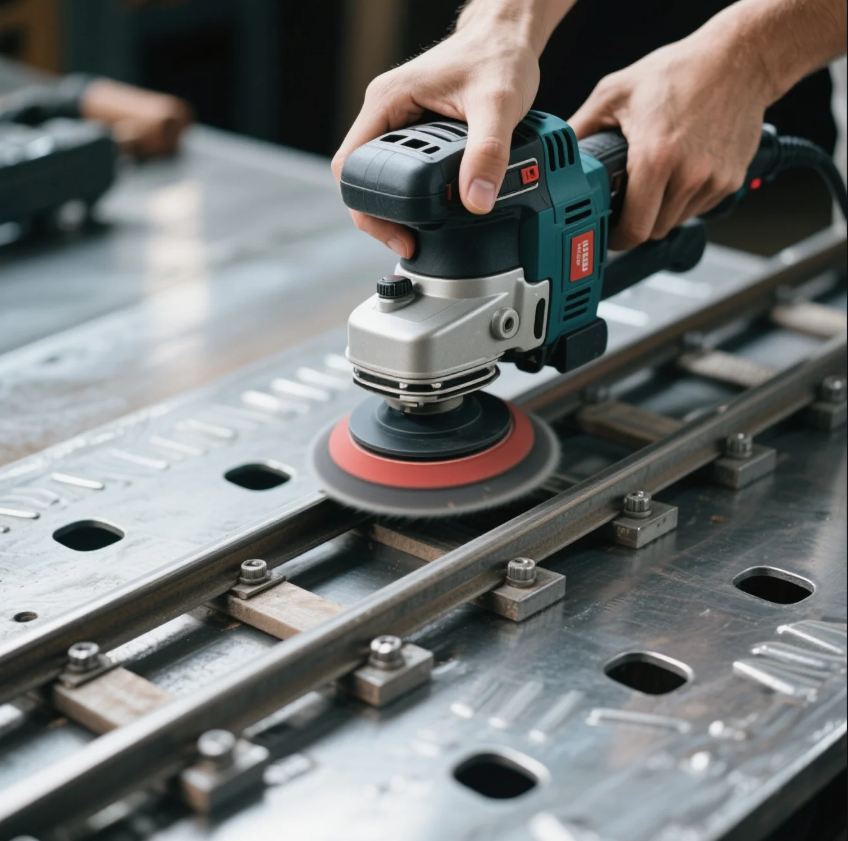
Rough technique or wrong grit can damage your metal.
The best way is to start with 80–120 grit on an orbital or belt sander, then switch to finer grits (220–400) for smoothing. Always clean the surface before and after sanding.
Use a consistent pattern and avoid overheating the surface.
Ideal Sanding Process for Metal
- Start with coarse grit (80–120) to remove paint or rust
- Switch to 220–320 grit for smoothing
- Finish with 400–600 grit if polishing or painting
- Wipe clean with tack cloth or degreaser
- Apply primer or finish coat if needed
We use this exact sequence at Prime to prep ISO-certified CNC parts, ensuring they’re ready for coating, welding, or assembly.
Conclusion
Yes, orbital sanders are great for metal prep—just match the grit and method to your project.
Contact Prime today for precision-prepped, ready-to-coat metal components. With 20+ years of experience, 10 production lines, and ISO-certified surface prep, we deliver high-performance CNC parts and stamped metal components worldwide.

